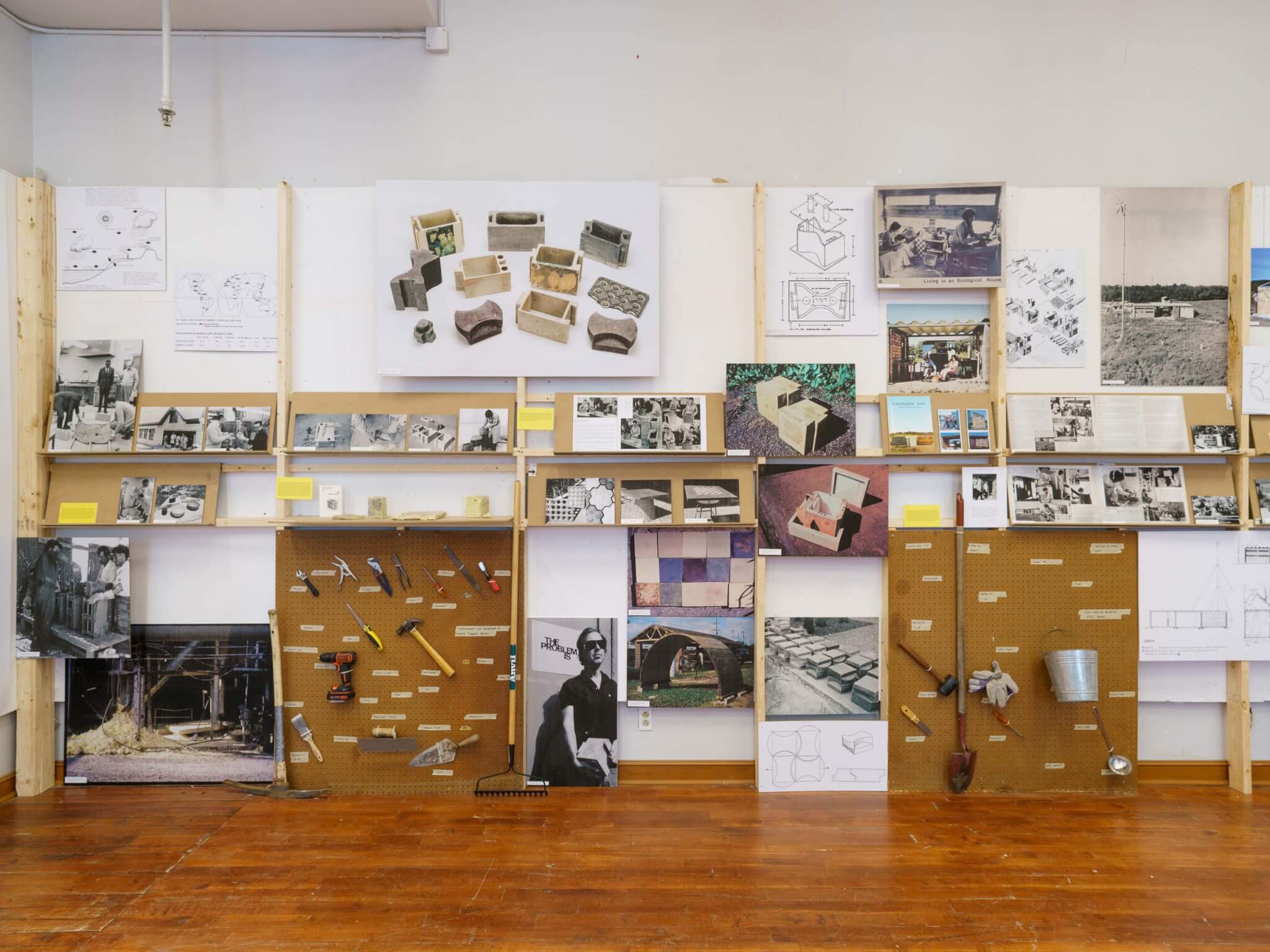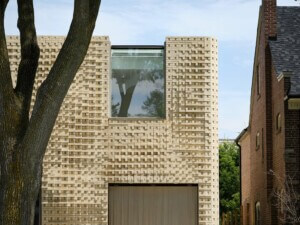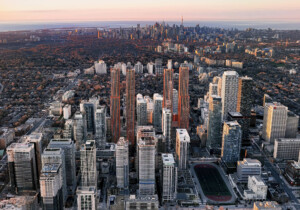Minimum Cost Housing Group: Design for the Global Majority Project
Peter Guo-hua Fu School of Architecture, McGill University
Montreal, Quebec
October 2–27, 2023
At first glance, the Minimum Cost Housing Group (MCHG), founded at McGill University in 1970, fits comfortably into the architecture-international-development complicity complex. Its founder was Colombian architect Álvaro Ortega, who returned to McGill that same year after two decades of high-mobility experience which, post–Harvard GSD, included consulting for UN- and U.S.-supported development programs for housing in South and Central America. At first the MCHG was funded by entities like the Central Mortgage and Housing Corporation and the Canadian International Development Agency, and it aligned with Commonwealth networks (the first students were from Canada, Egypt, Pakistan, and Northern Ireland) to work on “human settlement problems of the poor,” in unselfconscious postwar language. Its primary means to do this were experiments with low-cost housing that the poor could help build themselves, and among the first outcomes of this approach was a demonstration house that the MCHG self-built on a remote piece of university land on Montreal Island: two wood panel and sulfur-concrete block rooms under an asbestos roof, an adjacent prefab bathroom unit, and a wind turbine standing like a flagpole over the whole. Buckminster Fuller visited and named it, in his lordly way, Ecol. I imagine it came out like a hiccup.

The MCHG is the subject of Design for the Global Majority, an exhibition co-curated by Vikram Bhatt, Ipek Türeli, and Arièle Dionne-Krosnick. It organized five decades of the group’s activities into a show for McGill University’s School of Architecture. The show pulls from the MCHG archive located at the nearby Canadian Centre for Architecture, but since the university gallery’s climate control abilities don’t meet museum standards, almost everything shown was a reproduction, which thankfully meant no plexiglass between you and the work. The prints used minimal ink, the wooden display system occupying the tall single-room gallery used reclaimed materials sourced with local circular construction start-up SURCY, and all elements were designed for disassembly—the exhibition seemed at peace with itself.

MCHG’s was a hands-on, bottom-up environmentalism that’s captured well by the subtitle of an early book on Ecol, Ecology + Building + Common Sense, a volume which belongs on the same shelf as Small Is Beautiful and The Whole Earth Catalog. (The latter included MCHG’s publications, in addition to all the other tire-based, beer bottle–reliant, and geodesic how-to guides that were published in North America after the 1973 oil crisis.)
Ortega left in 1973 and Witold Rybczynski, the group’s first student, became its director. That same year, it published Stop the Five Gallon Flush!, aimed at North American wastrels. The book opens to a photo of a horse-drawn water cart with the caption “70 percent of the human race does not have piped water.” What are seen as technologies of conservation in North America, like compost toilets and solar-heated mist showers, are simply technologies of provision in places without the infrastructure to waste like we do.

Yet much of MCHG’s early work reflected local concerns and contingencies. This is visible most explicitly in the Ecol project: its concrete blocks were each made with sulfur because high-efficiency petrochemical refining processes in North America were producing more waste sulfur than ever before; the roof was sourced locally from Quebec’s huge asbestos industry; and the prefab wooden panels were Canadian, too. But where was this house for?

The group continued to try and answer this question throughout the 1980s and early 1990s while working with Balkrishna Doshi’s foundation to study informal settlements in India. Searching for alternative design principles outside of the western canon, this research was published starting in 1984 in How the Other Half Builds. It informed Doshi’s own low-cost housing designs and ultimately, the masterplan for Aranya, for which MCHG also designed dwellings. Aranya’s goal was to support an existing way of life instead of trying to replace it, and while the limited budget meant giving the new owners extreme agency with a minimal “site and service” approach, the master plan and model houses that were built produced a genuinely vibrant neighborhood.
A combination of modest means and relevant lived experience “here” and “there” (the MCHG always attracted foreign students) seems to characterize the group. Starting from common sense, have we arrived at something like solidarity? Some of the group’s built houses were for real Canadian communities rather than imaginary ones. When they designed an updated Ecol II in 1976, it was explicitly to upgrade North American suburbs with thermal batteries, composting toilets, and rooftop gardens. The sulfur bricks had vanished, but with a portfolio of projects as far apart as Sichuan and Nunavik, as well as many local activations like a series of urban grocery gardens in Montreal, the group nevertheless faded out with the retirement of a third and final director, Vikram Bhatt.

The story of MCHG isn’t the predictable story of top-down design processes, nor does it neatly fit into the canon of activist or social design practice. It’s as if, despite the group’s financial and political entanglements, MCHG’s low-capital, high-labor approach made them an unappealing conduit for soft power. Or simply that the history of architecture and international development is more complicated than one might think. Which is hopeful stuff today, when it can be hard to believe in architecture’s capacity not to harm, let alone to help.
Lev Bratishenko is a recovering curator.











